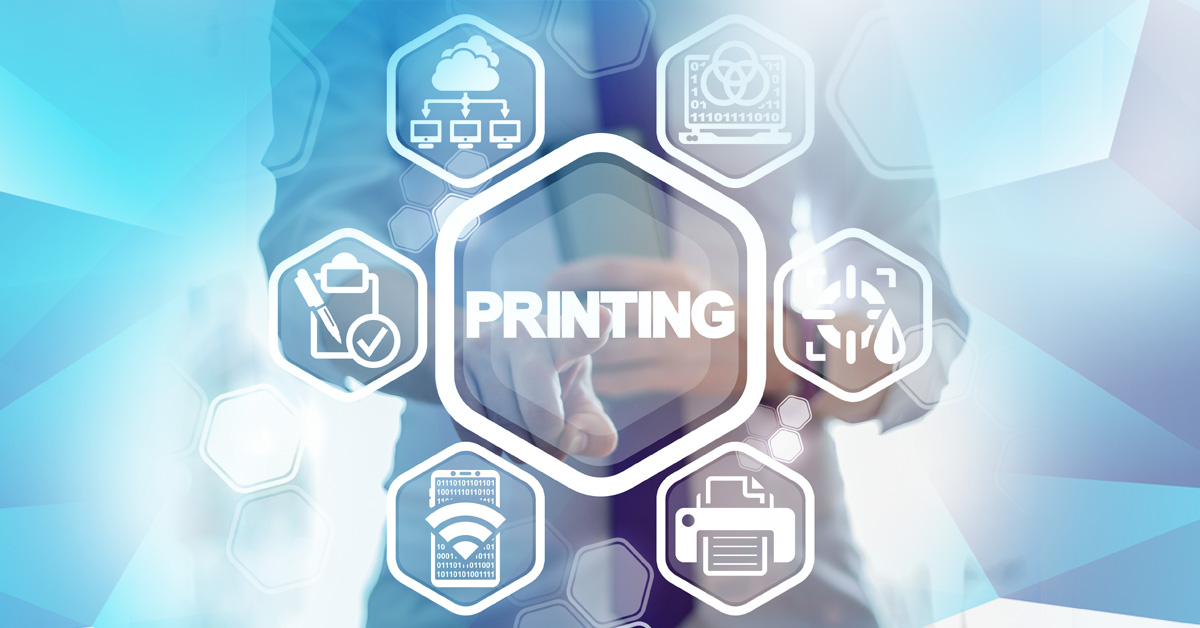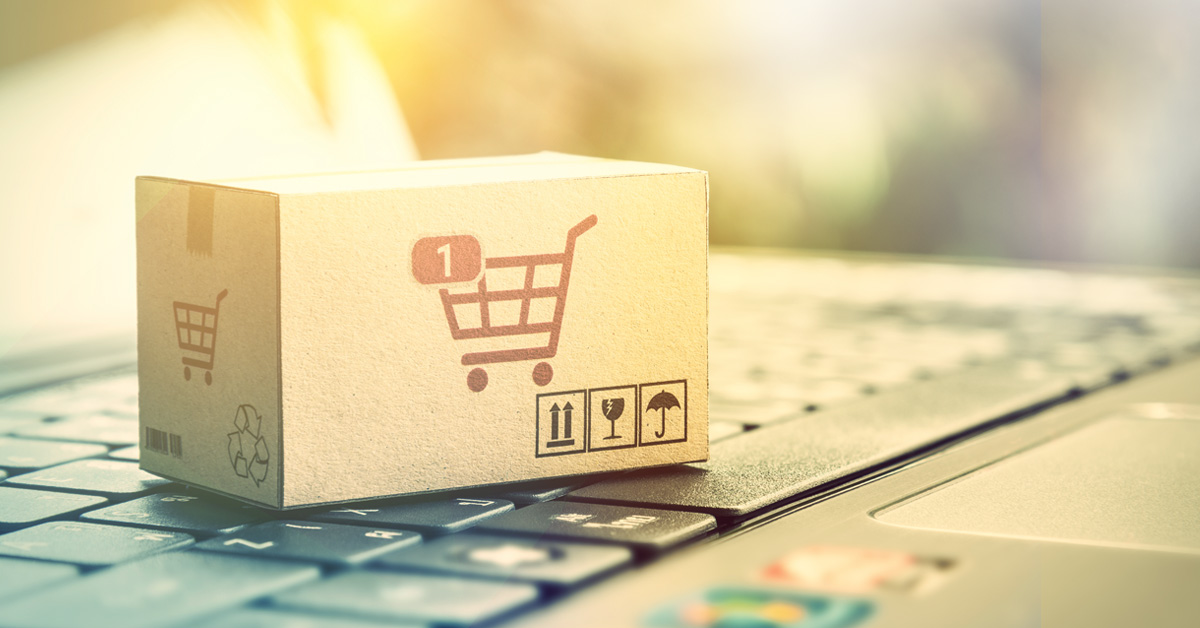While printing and cloud services appear to star in opposing roles along the enterprise infrastructure spectrum, they are beginning to edge closer together in a move that allows businesses to realize more efficiency and simplified management.
Printing can’t be entirely virtualized, since the whole point is to take virtual information and translate it into a physical form, i.e., a piece of paper.
However, cloud printing is a tool that helps business drastically simplify processes across the diverse hardscape of a widely distributed computer network. It does this by allowing employees to print — effortlessly — from any device and any location, even mobile.
And it’s this very specific capability that’s the catalyst responsible for the upward trend in the use of cloud printing services in 2020.
The Differences Between Print Technologies
But what is cloud printing and how does it differ from more traditional printing styles such as wired and wireless?
Wired printers connect a series of computers and printers over a local area network (LAN). This type of system is best for computers that are running the same operating system. However, it requires the installation of individual drivers for each printer and device, which must be carefully updated for optimal function and security.
Wi-Fi enabled printers, on the other hand, connect to the network via an internal Wi-Fi so devices can connect directly — and wirelessly — with printers.
However, the sending device must be close enough to the printer to pick up the Wi-Fi signal and each device must still have the appropriate printer driver installed in order to work properly. Again, drivers must be properly installed and updated regularly to avoid disruption of service.
With cloud printing services, the need for individual devices to be equipped with printer drivers is completely removed. Printing can be performed seamlessly across any mix of hardware and accessed effortlessly from all devices, regardless of location.
Additionally, cloud printing can overcome the complexity of a variety of hardware or a mix of operating systems to keep user experience fluid — and positive.
Benefits of Cloud Printing Services
Cloud infrastructure continues to grow, and experts predict the global cloud print market will expand to $628 million by the year 2025.
Much of this impetus is due to the vast array of benefits cloud printing services in a managed print environment bring to the workplace.
1. Cost Savings
Instead of the high cost of buying and maintaining on-premise servers and print devices, cloud printing allows for print environments to be paid for via subscription — meaning owners pay for print capacity rather than infrastructure.
Ultimately, this assists business in reducing up-front capital spending on hardware and infrastructure while concurrently removing the burden — and associated costs — of procurement.
Savings are also realized as cloud printing allows for the reduction of in-house IT service professionals — or for the current IT staff to focus on more mission-critical initiatives.
2. Simplified IT Management
As mentioned, removing the need for installation — and constant updating — of printer drivers eliminates an enormous workload from the shoulders of your in-house IT team, allowing them to concentrate on more vital priorities.
3. Tighter Security
With the elimination of print servers, cloud printing reduces physical access points for increased security.
Additionally, cloud printing employs high-level authentication technology to provide additional security in the cloud and, with the application of a universal printer driver solution reduces the need for constant updates and patches on individual equipment.
4. Better UX
The combination of predictive maintenance services powered by AI, and auto replenishment features for supplies, lowers staff frustration and ensures the highest level of uptime. With problems detected and managed before they impact users, the user experience — and accompanying productivity — gets a big boost.
Leverage the Power of Cloud Printing for Your Business
Smart businesses are taking a closer look at the advantages of cloud printing to gain access to the superior scalability, cost savings, and other benefits that can help them maintain a competitive edge in today’s variable markets.
In a bid to reduce the complexity and cost of keeping up with changes in technology, more companies are opting to move their printing to the cloud for a better experience, heightened productivity, and to solve some of the management and maintenance headaches seen with more traditional print technologies.
Are you ready to see how cloud printing services can help you manage your print environment for greater security, control, and savings? Contact a PointManagement MPS expert today!

